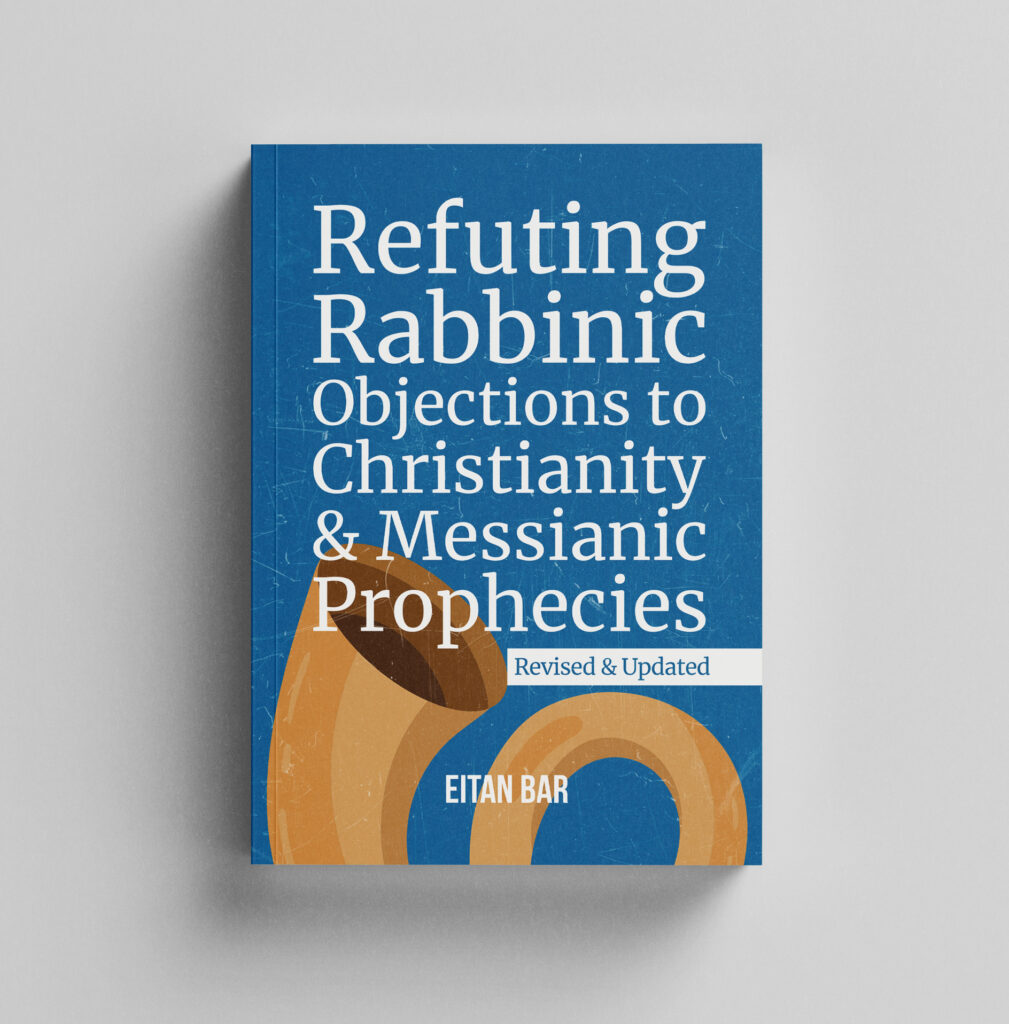Accusations that the New Testament “forces” Israel’s Scriptures to say what they do not say are not new. What’s often missed is that the New Testament’s way of reading the Tanakh is thoroughly Jewish — riffing on motifs, echoing earlier texts, and weaving together promise and fulfillment the way Israel’s own teachers often did. When Matthew or Paul reads Torah and Prophets, they are not smuggling in foreign meanings; they are following the grain of the wood. Let’s look at two examples…
Matthew 2:23 — “He shall be called a Nazarene”
Rabbi Daniel Asor points to Matthew 2:23 and objects: “Which prophet said that? There’s no such verse.”
Two clarifications clear the fog:
Matthew is not “quoting” a single verse. He writes, “what was spoken by the prophets” (plural). That signals a motif, not a proof-text.
The motif Matthew invokes is the “Branch”— netzer in Hebrew —theme (netzer means branch, but in Hebrew also sounds like the city of Nazareth): the Davidic shoot/branch who rises from the stump and bears fruit. Isaiah: “A netzer shall grow out of his roots” (11:1). Jeremiah: “I will cause a righteous Branch to spring up for David” (33:15). Zechariah: “Behold, I will bring my servant the Branch” (3:8; cf. 6:12).
Taken together, the prophets sketch a messianic identity that Matthew hears as “Nazōraios” — a Hebrew wordplay that ties Nazareth to netzer (“branch”). Matthew’s fulfillment formula here is not, “Isaiah 11:1 says the exact words…”, but, “The prophets’ Branch-portrait has come true in this Nazarene.” The plural “prophets” fits that move.
There is likely a second layer as well: in first-century Galilee, “Nazarene” marked someone as despised (cf. “Can anything good come out of Nazareth?”). The prophets repeatedly say the Servant/Branch will be despised and rejected. Matthew may be hearing both resonances — Branch and despised — in one compact phrase. That’s not twisting; that’s how Jewish midrashic sensibility often works: motif, echo, and wordplay braided into meaning.
To see why Matthew can say “prophets” (plural), listen to how many voices sing the same line:
Isaiah 11:1: A netzer (branch) sprouts from Jesse’s stump — David’s line continues.
Jeremiah 23:5; 33:15: A righteous Branch raised up for David, executing justice and righteousness.
Zechariah 3:8; 6:12: “Behold the man whose name is Branch… he shall build the temple of the LORD, and shall sit and rule on his throne.”
The Branch is royal, wise, Spirit-anointed, temple-restoring. Matthew sees Jesus of Nazareth — the “Nazarene” — as the netzer who has arrived. Again: not a single-verse quotation, but a chorus of prophecies heard as one.
“You have heard… ‘Love your neighbor and hate your enemy’” (Matthew 5:43)
Another classic charge says Yeshua misquotes Torah. But notice his wording: “You have heard that it was said…” not “It is written…” The first clause, “Love your neighbor,” does come from Torah (Leviticus 19:18). The second, “hate your enemy,” is not in Torah — nor does Jesus say it is. He is addressing a taught ethic, a popular inference many drew (and some groups codified) from boundary-keeping traditions: love the in-group, oppose the outsider. We see a Second Temple expression of this in the Qumran Community Rule (“love all the sons of light… hate all the sons of darkness”). Jesus locates himself inside Israel’s moral conversation and then radicalizes it back to God’s heart: “Love your enemies.” Again, not a twist of Scripture but a prophetic correction of tradition.
How Matthew (and the New Testament) Reads the Tanakh
The New Testament’s hermeneutic is recognizably Jewish:
Motif-fulfillment: Matthew 2:23 (Branch/Nazarene) draws on a cluster of Branch prophecies (Isaiah 11; Jeremiah 23; 33; Zechariah 3; 6).
Remez (the Jewish “hint” method of interpretation) and wordplay: hearing sound-alike threads (Nazōraios / netzer).
Typology: Jesus relives Israel’s story (out of Egypt, through the water, into the wilderness) not to erase it but to embody it.
Pesher-style application (familiar at Qumran): “This is that” — not as a proof-text hunt, but as a conviction that the God of Israel keeps integrating his own earlier promises in the present.
These are not exegetical stunts; they are family methods within Israel’s interpretive house.
Does the New Testament Replace the Prophets’ God?
No. When the New Testament says Jesus “fulfilled” the Scriptures, it does not mean the Scriptures were wrong; it means God finished what he started. Jesus does not abolish Moses or Isaiah; he fills their words with the very thing they pointed toward — justice, forgiveness, reconciliation, Spirit-wrought obedience (Jeremiah’s “law written on their hearts”). That is why Matthew can set Jesus’ ethic over against popular sayings (“you have heard”) while insisting, at the very same time, that not a yod or tittle of Torah will fall to the ground until it is fulfilled.
Title: A Final Word on Fairness
If we call the New Testament “twisting,” we should be even-handed with Israel’s own rich, creative traditions. The prophets themselves braid images across centuries; later teachers develop themes with midrashic boldness; Qumran reads Isaiah in present tense; the Targum paraphrases, expands, and interprets as it translates. Within this family of interpretive practice, Matthew’s moves are not alien. They are daring, yes — but daring in an Israelite key.
Conclusion
Matthew 2:23 is not a bogus quotation; it is a prophetic motif (Branch/netzer; despised) framed as fulfillment. Matthew 5:43 does not misquote Torah; Jesus quotes Torah for clause one and then corrects a taught clause two. Accusers sometimes misquote the New Testament; better to read what it actually says.
The New Testament reads the Tanakh as a Jew reads it: motifs, echoes, typology, and fulfillment—aimed not at replacing Israel’s Scriptures but at announcing that their story has reached its promised turn in Israel’s Messiah.
If you found this article thought-provoking, you’ll find much more in my best-selling book, Refuting Rabbinic Objections to Christianity & Messianic Prophecies:




